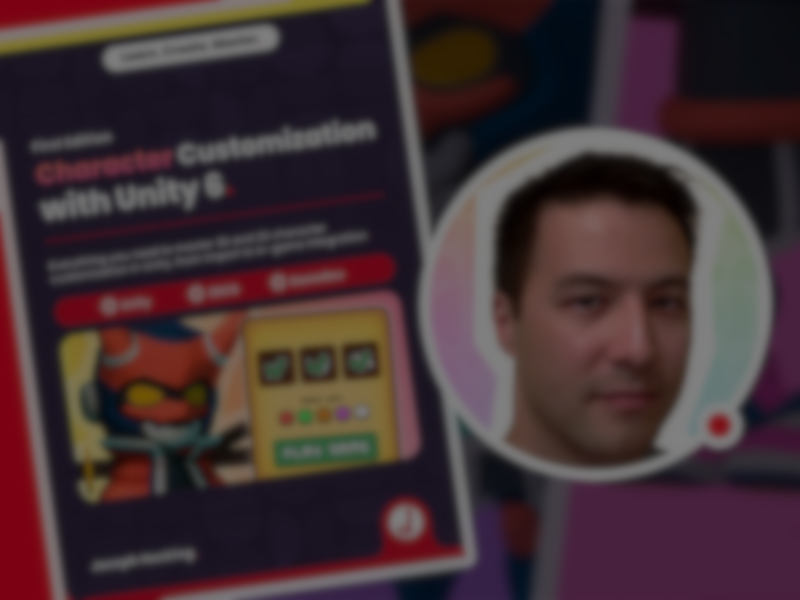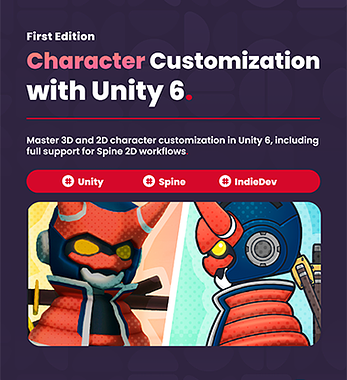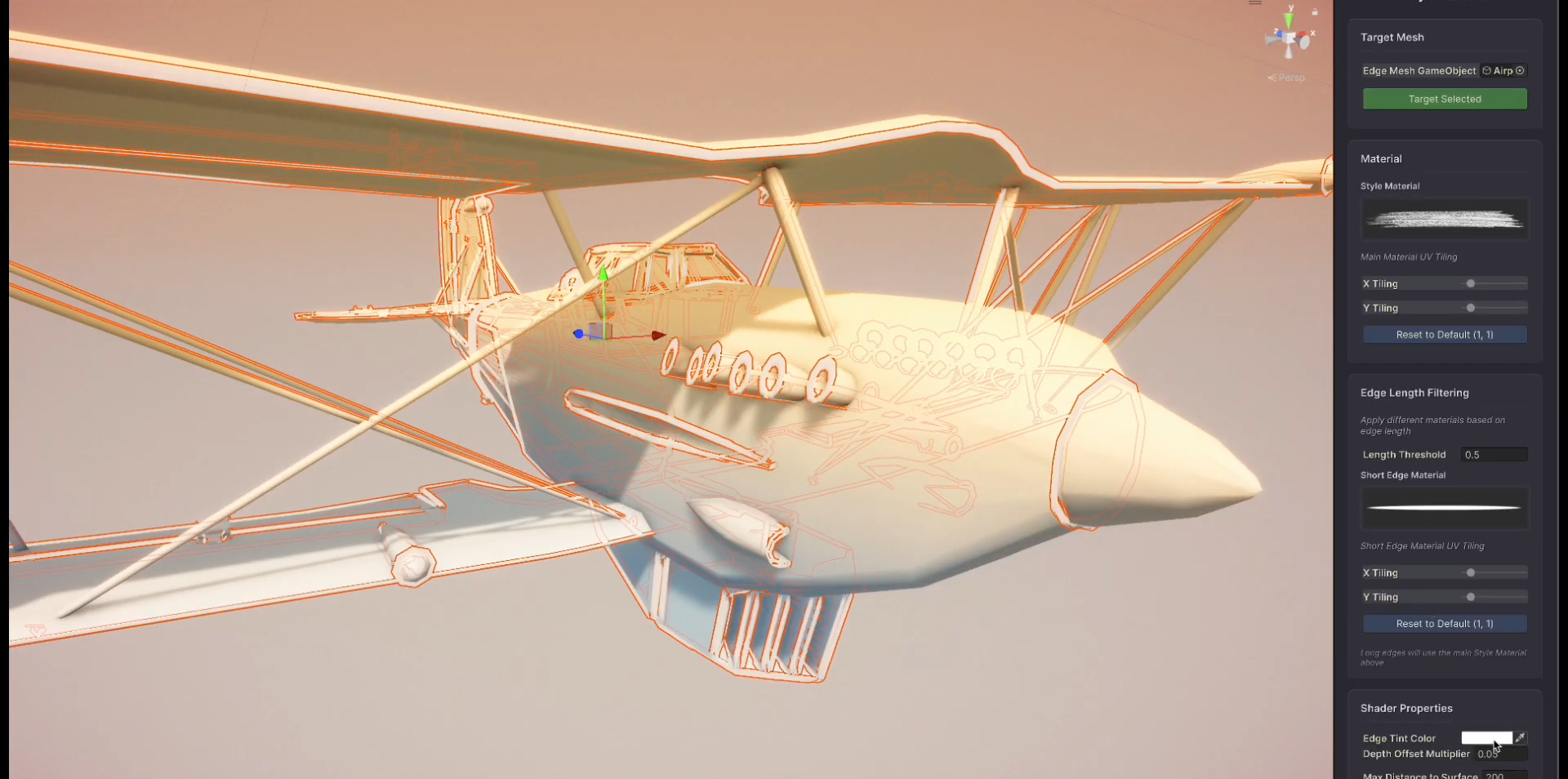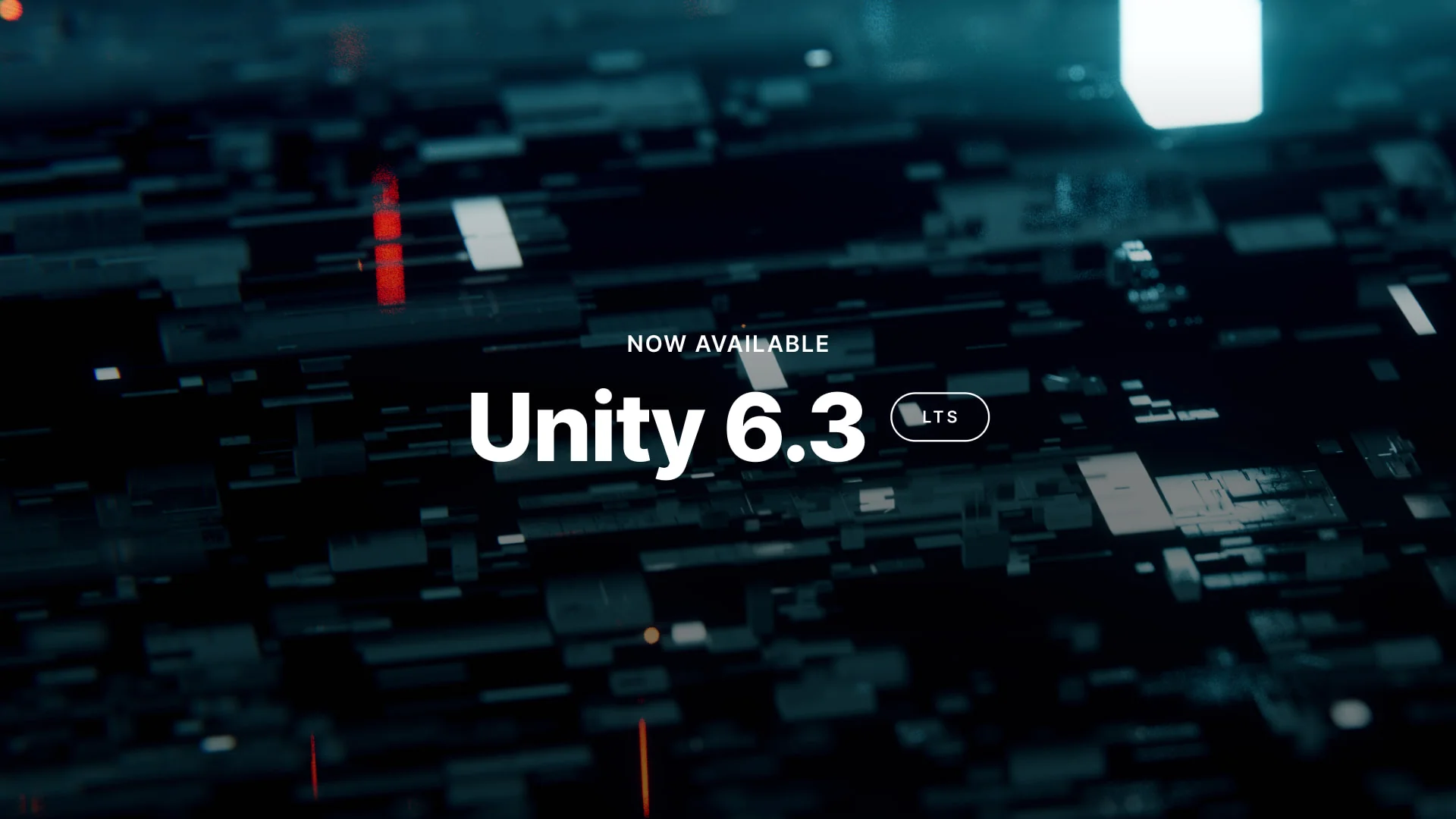Now that the first half of my book is released, I wanted to reflect a bit on both the journey thus far and my plans for the remaining chapters. I've been enjoying writing this both because I'm passionate about sharing game development knowledge in general, and because character customization specifically fascinates me.
Part of what I'm enjoying is that it's not “just” about teaching the one topic, but also I get to explain a whole bunch of useful things that relate to the topic. So really I'm not only writing about character customization, but also using that as a practical use-case with which to demonstrate many concepts and features of both Unity and C#. Here's a partial list of what this book covers:
- Building UI (both uGUI and UI Toolkit)
- Changing scenes at runtime
- Working with Spine animations
- Creating and instantiating prefabs
- Using the Addressables system
- Serialization of enum and struct
- Saving and loading JSON data
- Registering and invoking Events
- LINQ queries on generic collections
Besides this list of topics, I'm also writing with a teaching methodology that mirrors the iterative approach of real game development. Rather than presenting code that's already in its "final" state, chapters refine and refactor scripts from previous chapters. This refinement process is how new features actually get developed in the real world.
So that's the plan. I really hope you find this as exciting as I do! Up until now I've been focusing on 3D characters, but this book also covers 2D characters animated in Spine and that's what I'm currently working on. I'm already deep into writing the next chapter, so here are screenshots of the customized Spine character as a sort of “coming up next” teaser:
.png)
.png)
📘 Interested in creating dynamic avatars and player-driven experiences? Check out our book Character Customization with Unity 6 to learn how to build modular character systems, manage assets efficiently, implement JSON serialization, and connect your customization tools seamlessly to gameplay.






